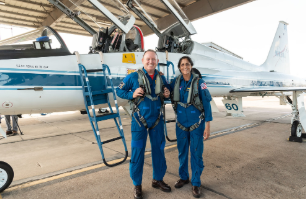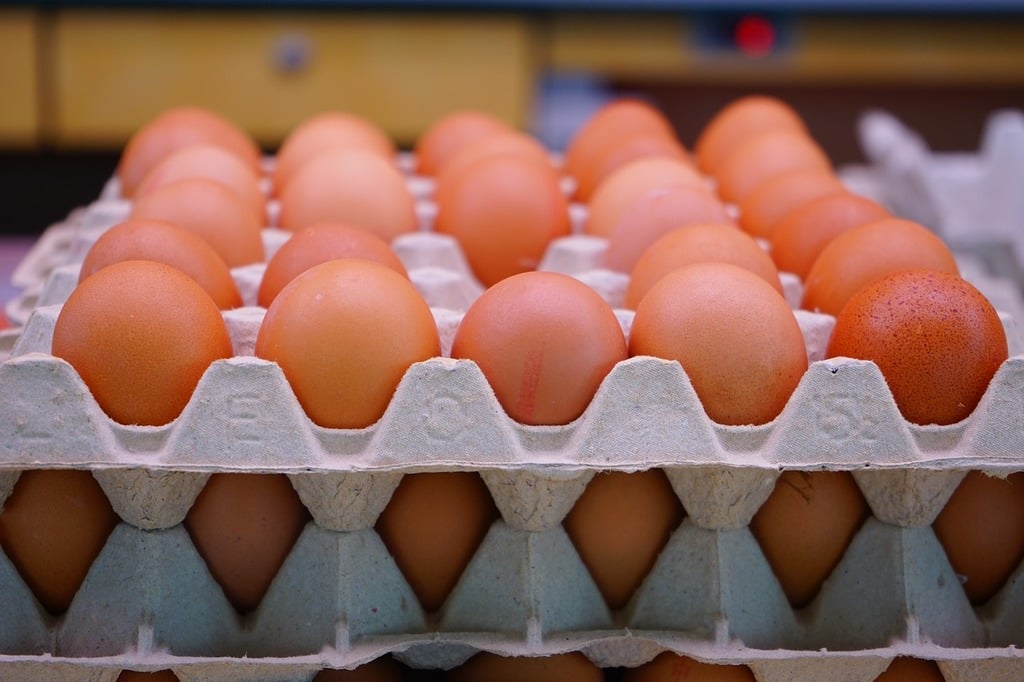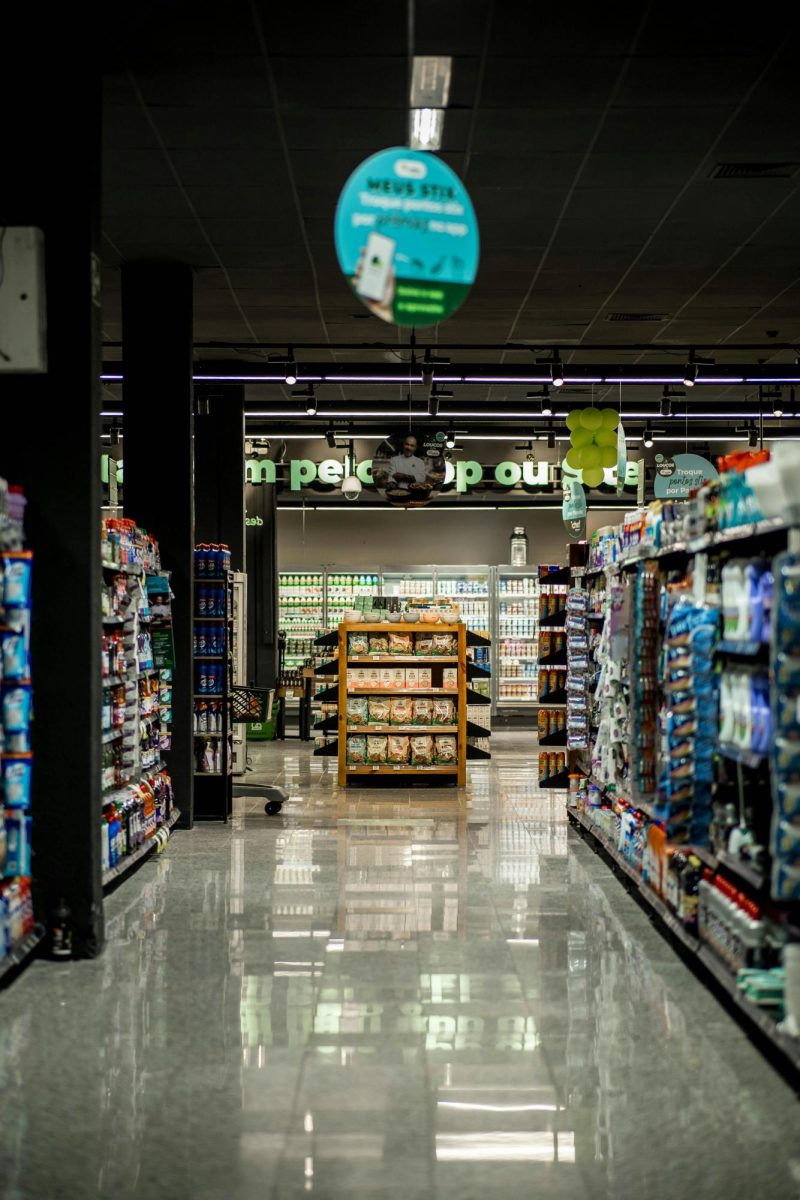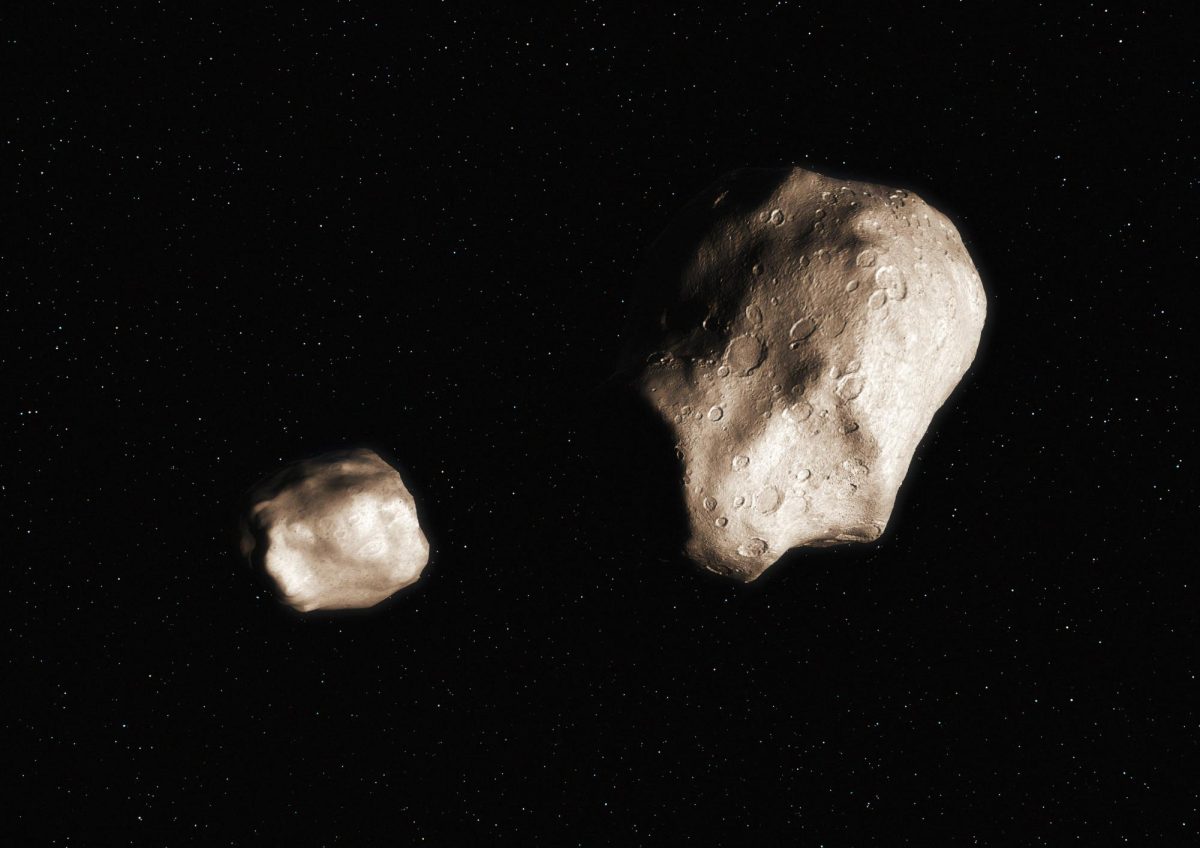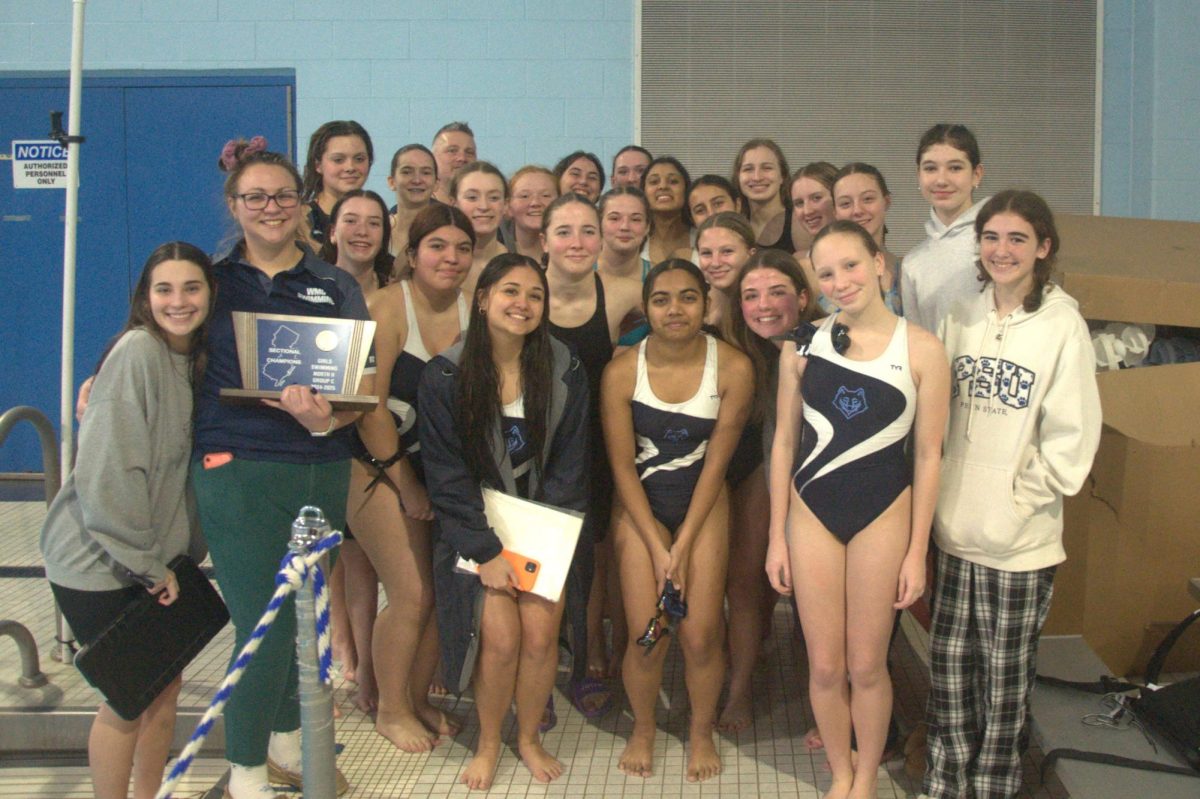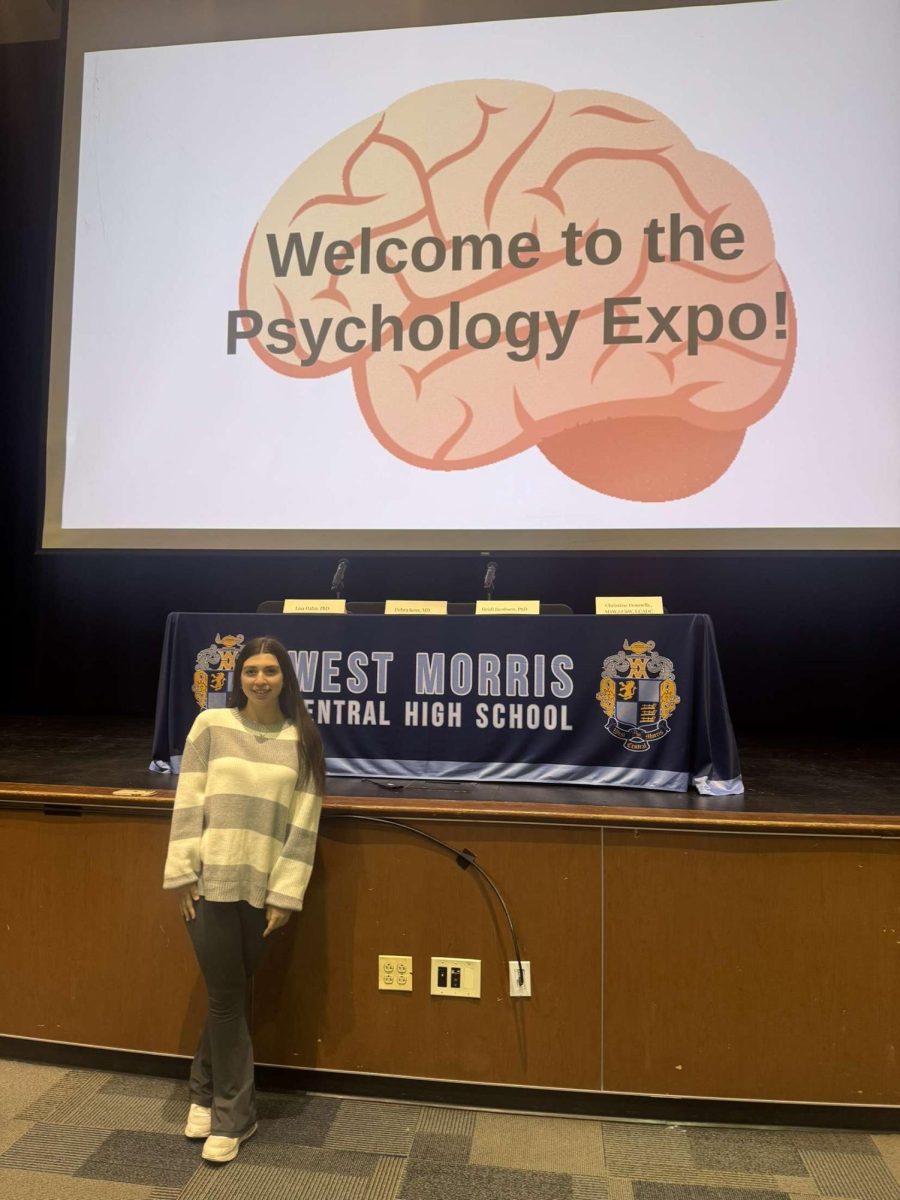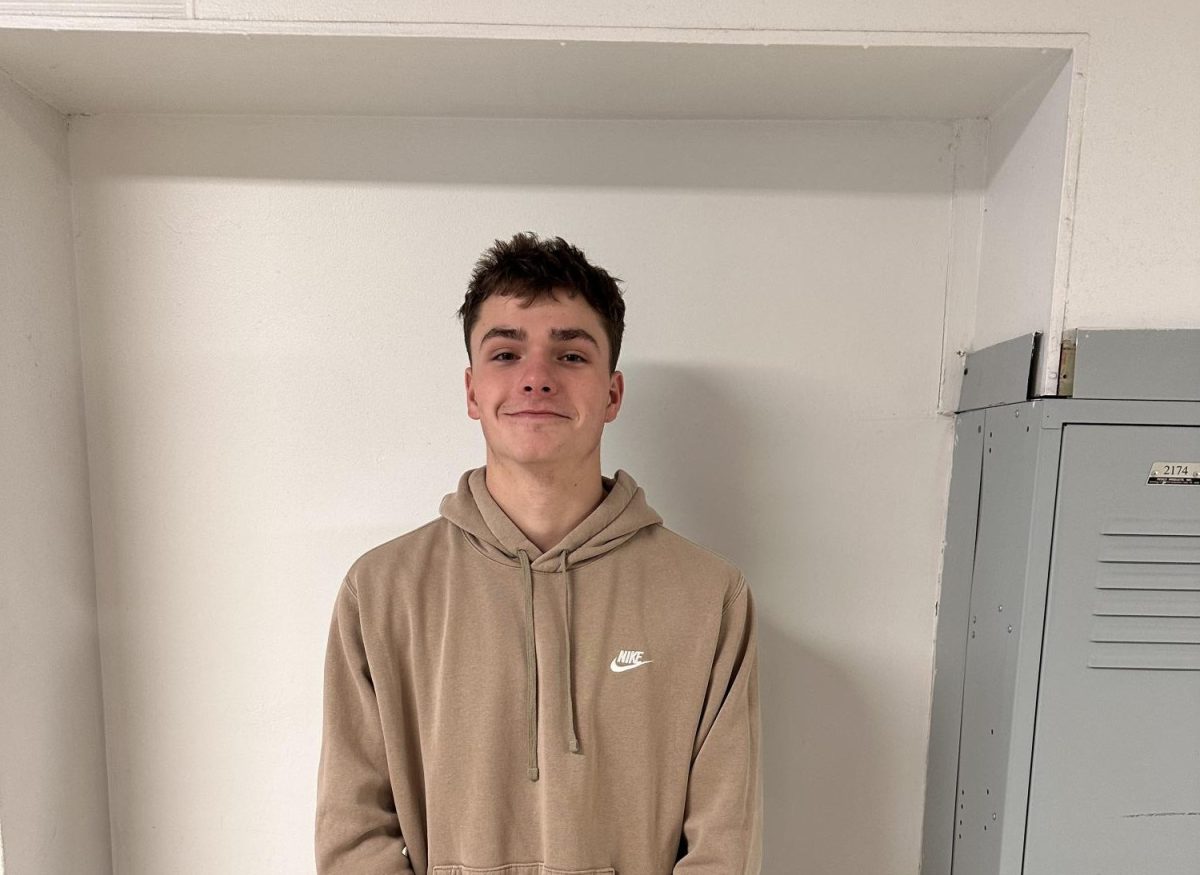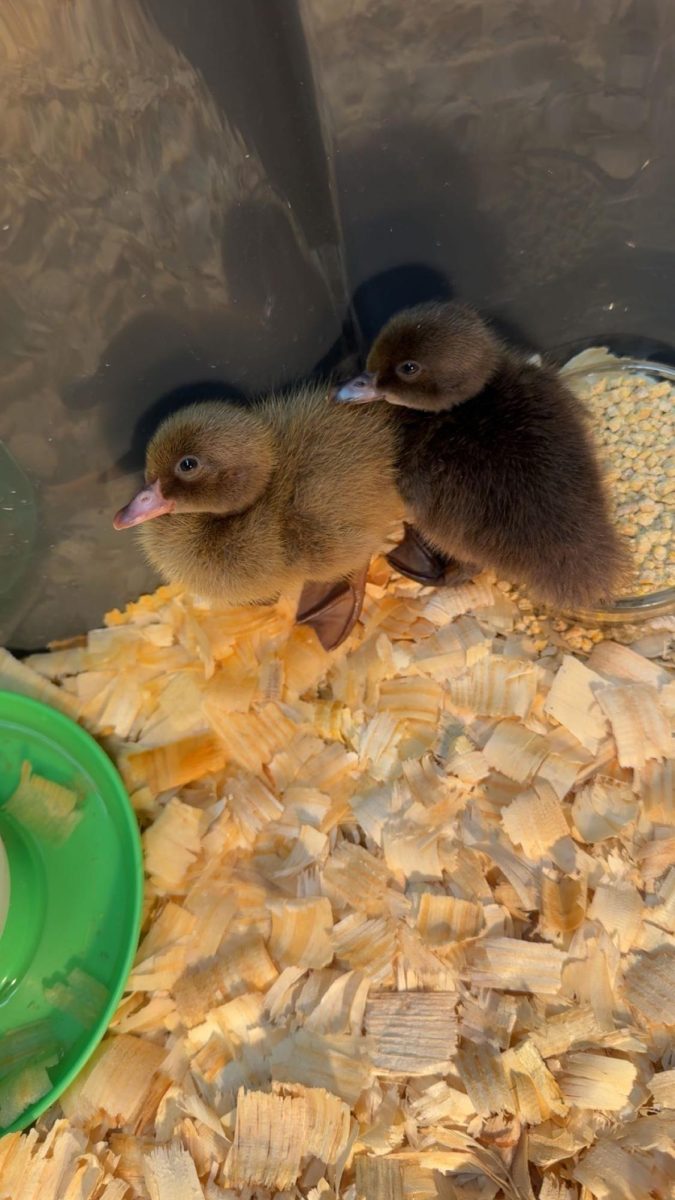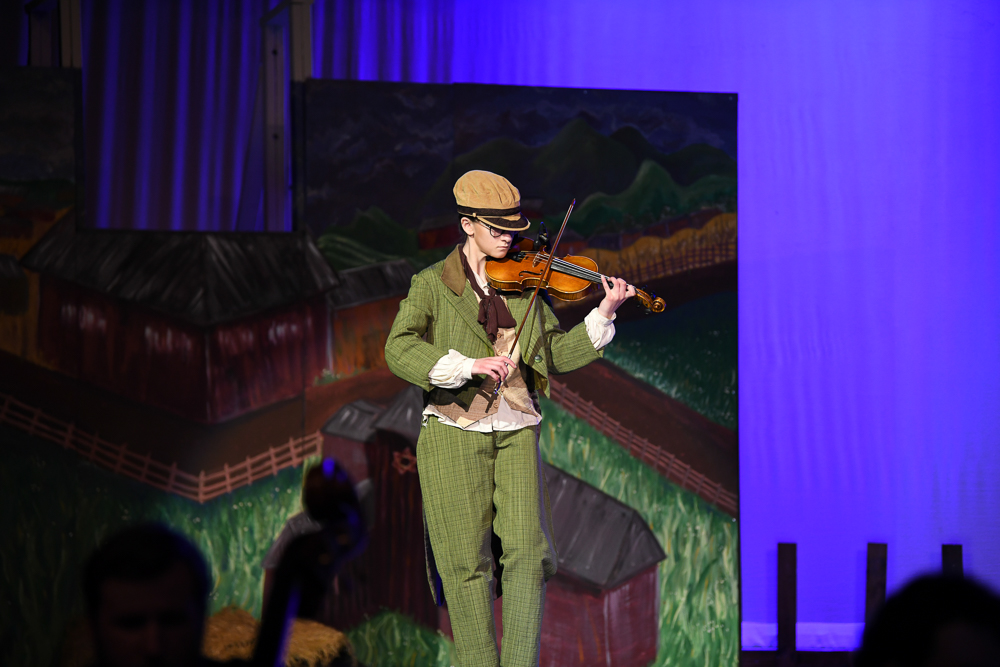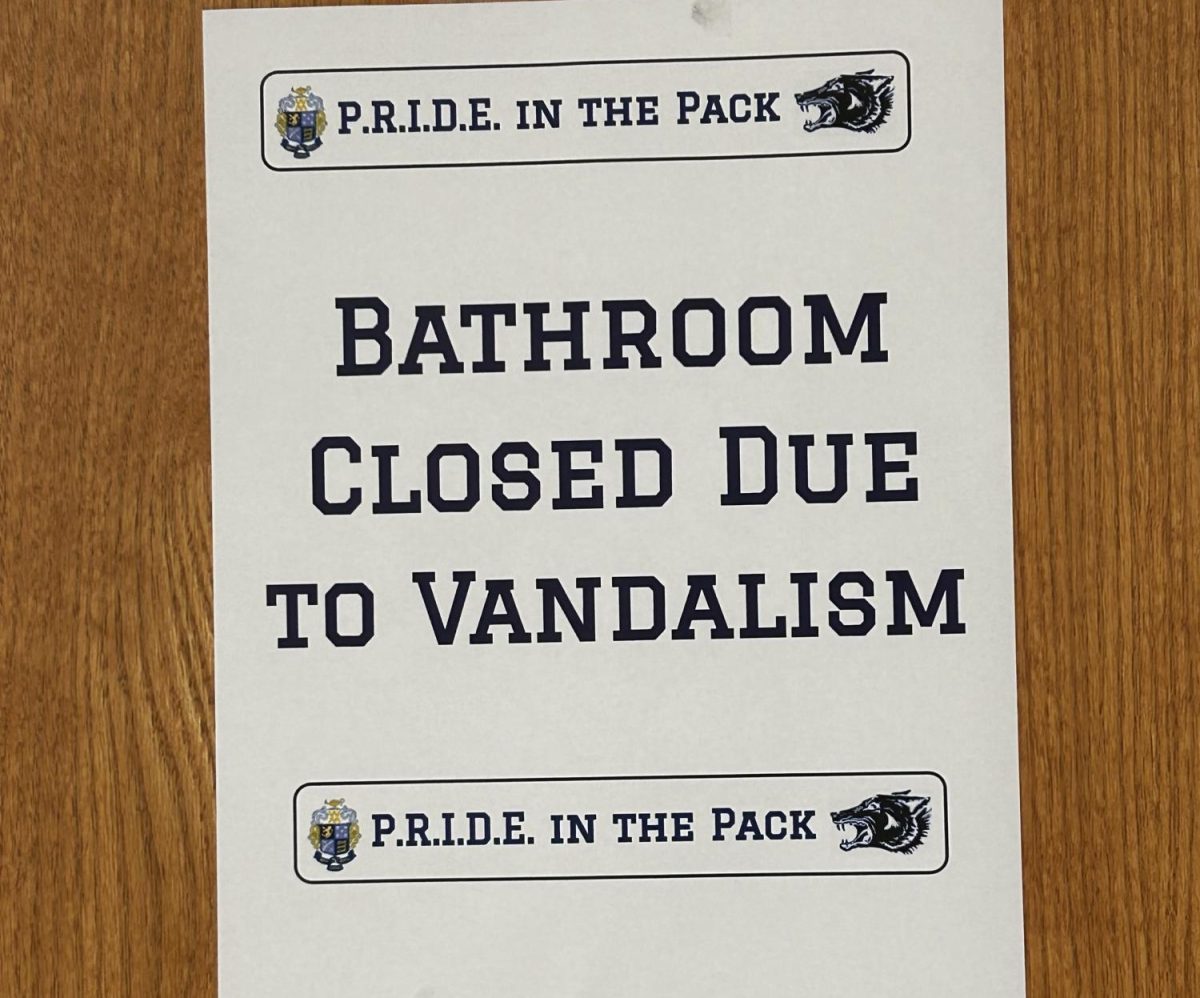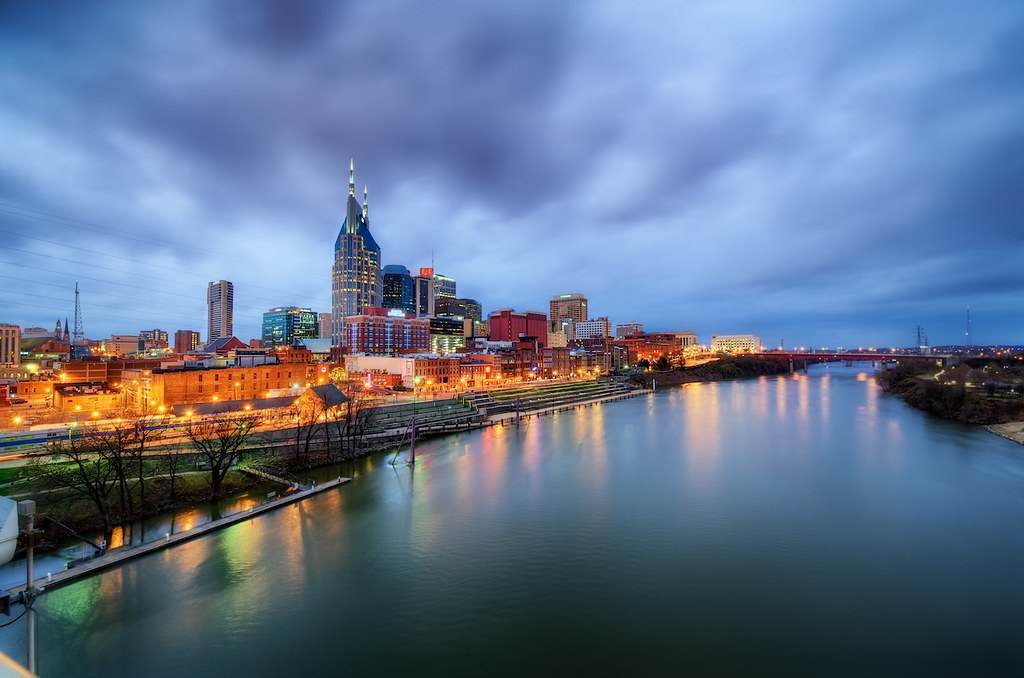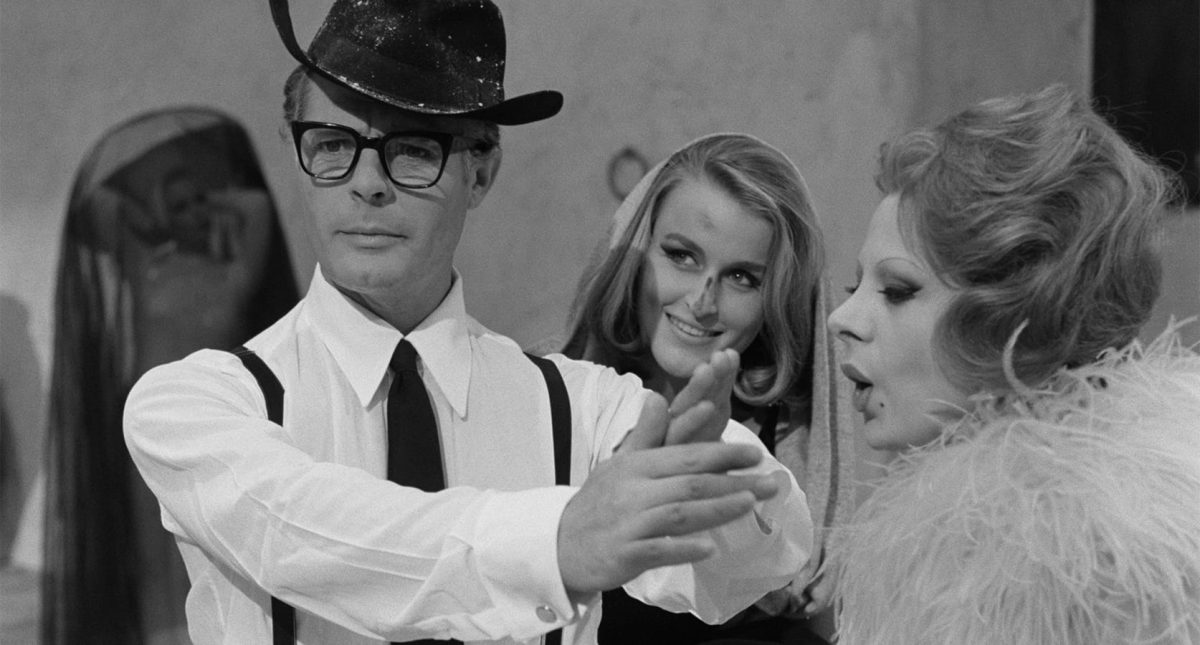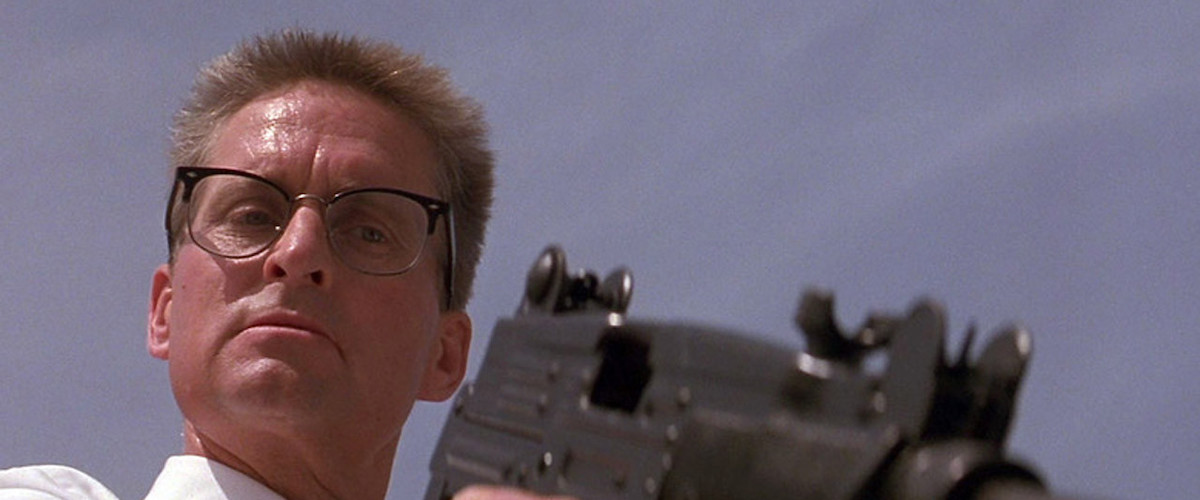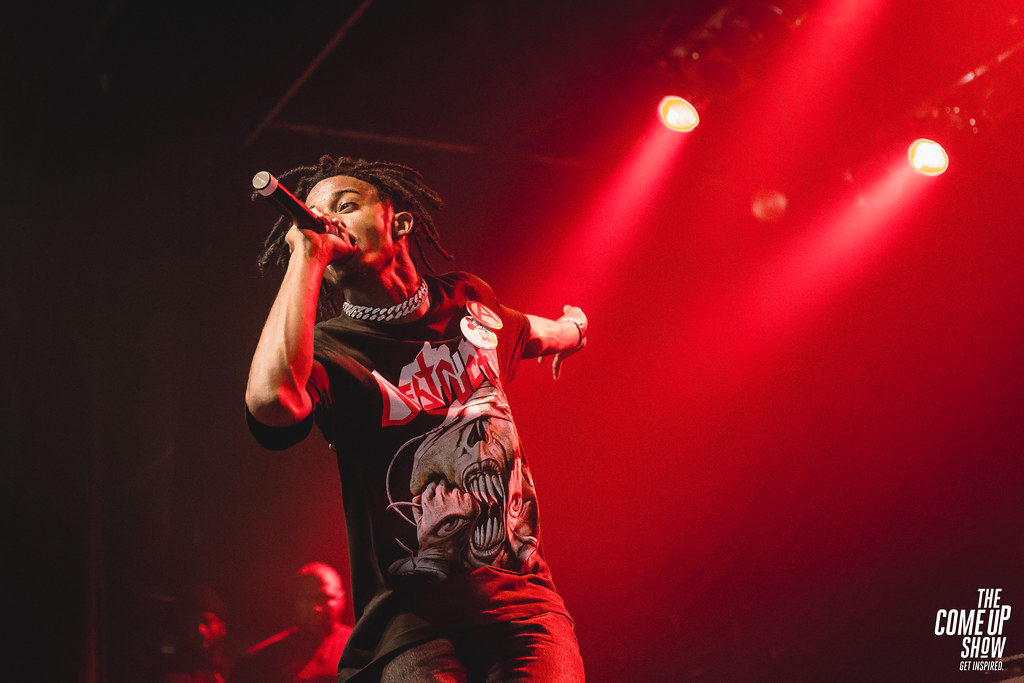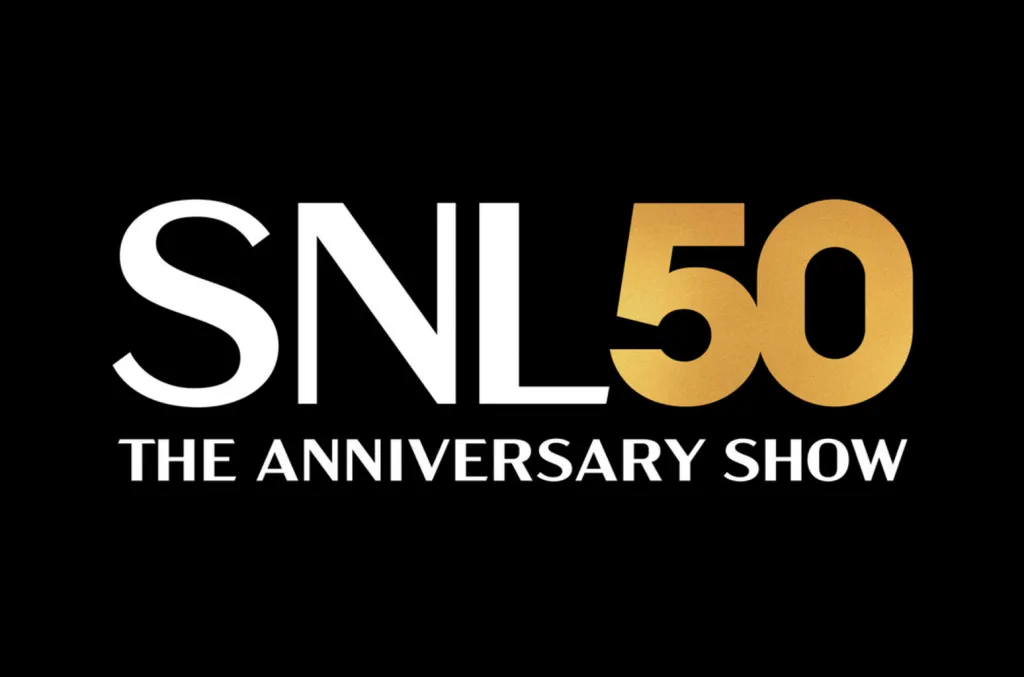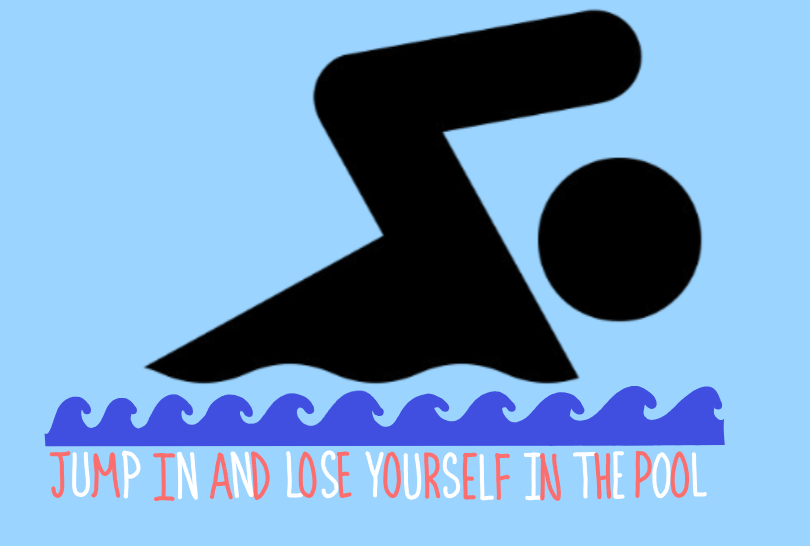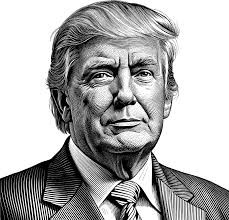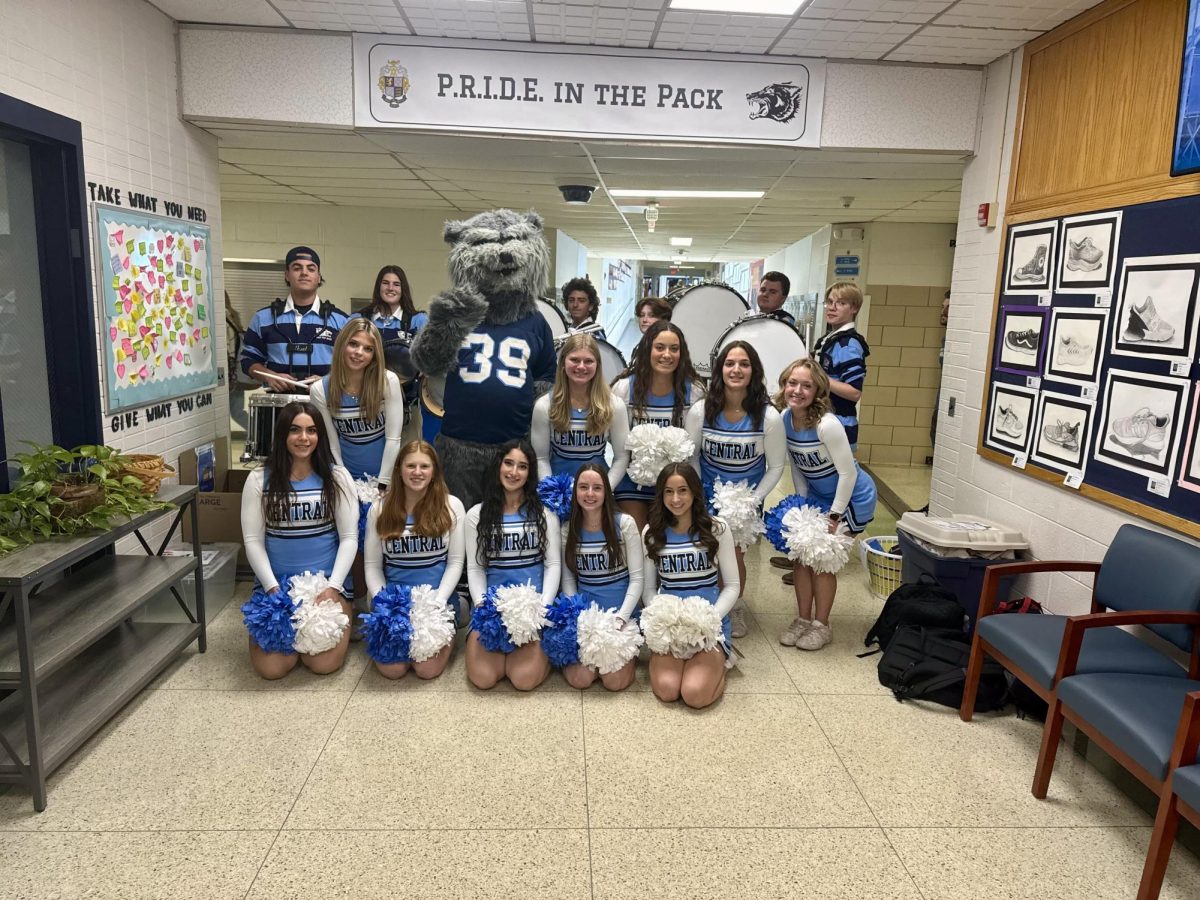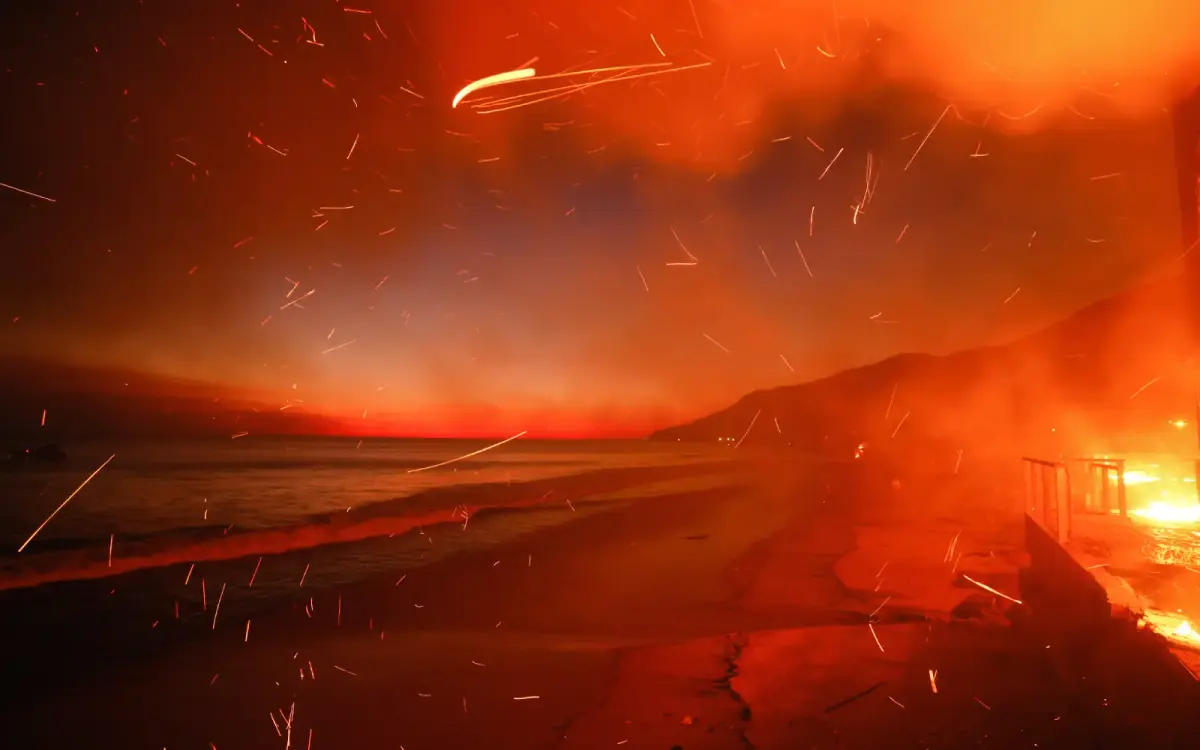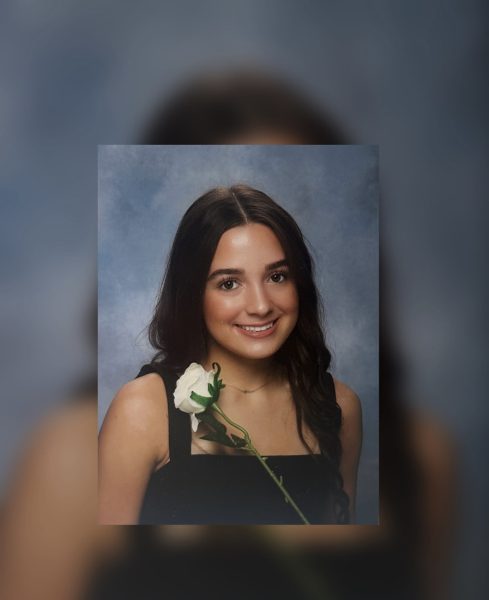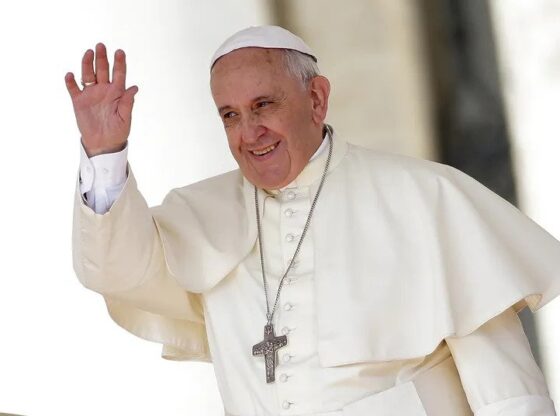
At 1:35 a.m. EST on April 21, 2025, Pope Francis died at age 88 in his apartment at the Domus Santa Martha House in Vatican City. According to the director of the Health and Hygiene Department of the Vatican City State, Dr. Andrea Arcangeli, the Pope died from a cerebral stroke that led to a coma and then heart failure. Just a day before his death, the Pope was seen giving the traditional Easter blessing on Sunday from the balcony of St. Peter’s Basilica in front of an enraptured crowd. Before that, the Pope made time on Sunday morning to meet with Vice President J.D. Vance.
Those who were with Pope Francis in his final moments state that he did not suffer, and it happened very quickly. According to Vatican News, the Pope had been grappling with respiratory issues and even had to cancel a planned visit to the United Arab Emirates in November 20203 due to influenza and lung inflammation. The Pope’s final resting place is in the Santa Maria Maggiore Church in Rome.
A funeral Mass to honor the Pope was held on Saturday, April 26, in St. Peter’s Square. The funeral was administered by Italian Catholic prelate Cardinal Re and was concluded with the transfer of the Pope’s coffin to Saint Mary Major.
CBS News explains that a papal conclave will begin on May 7, 2025, to choose Pope Francis’ successor. The papal conclave refers to the closely guarded gathering of the cardinal electors to elect the next pope. There are currently 135 eligible cardinal electors to convene at the next Vatican from around the world to help choose the next successor. A large majority of these electors – 108 – were appointed by Pope Francis during his papacy. Mrs. Hallett is a US History teacher at WMC and explains, “…they [the bishops and cardinals] are going to go into this closed-door session in the Sistine Chapel. And they’re not allowed to leave until they unanimously elect someone as the Pope. So, each time they take a vote, they have to write down their vote on paper, and someone reads it. And then if it is not unanimous, they send a black smoke. And if it is unanimous, they send up white smoke, and they burn the votes so that you can’t see them again.”
Choosing the next pope requires not just a vast majority, but a two-thirds-plus-one vote among the cardinal electors. Mrs. Hallett goes on to explain that in regards to the next Pope, “It depends on whether it’s going to be a more conservative person who’s going to turn things back towards being more close-minded, or if it’s going to be someone who’s going to try to continue what Pope Francis was advocating for.” The upcoming papal conclave is an intricate, choreographed procession of rituals and beliefs that date back hundreds of years.
Pope Francis is known by many as a symbol of unity and hope because he was able to exhibit authentic grace and kindness to people around the world. Keira Gallagher is a senior at WMC who believes, “…his legacy will mostly be about his compassion and trying to make the Catholic Church more accepting of everyone. He tried to connect with the younger generation and speak about global issues that not a lot of other popes had the courage to talk about, which is why I think he’ll be so memorable.” Francis was elected as the 266th Pope on March 13, 2013, and has had numerous memorable moments from his 12-year papacy. Some of those moments include when he invited a cancer survivor with Down syndrome to ride on the popemobile, doing tricks with the Harlem Globetrotters in Rome, allowing children to walk up to the altar during Mass, blessing the eyes of a child who was going blind, and a handful more. Mrs. Hallett says, “Pope Francis is like a welcoming open-door policy of trying to include more people to enhance the religious focus in the world.”
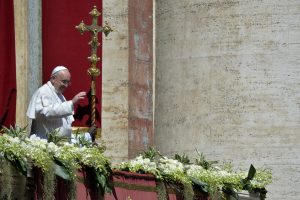
As the world prepares to elect a new spiritual leader, the memory of Pope Francis endures, one marked by compassion, humility, and a deep commitment to making the Catholic Church more inclusive for generations to come.

